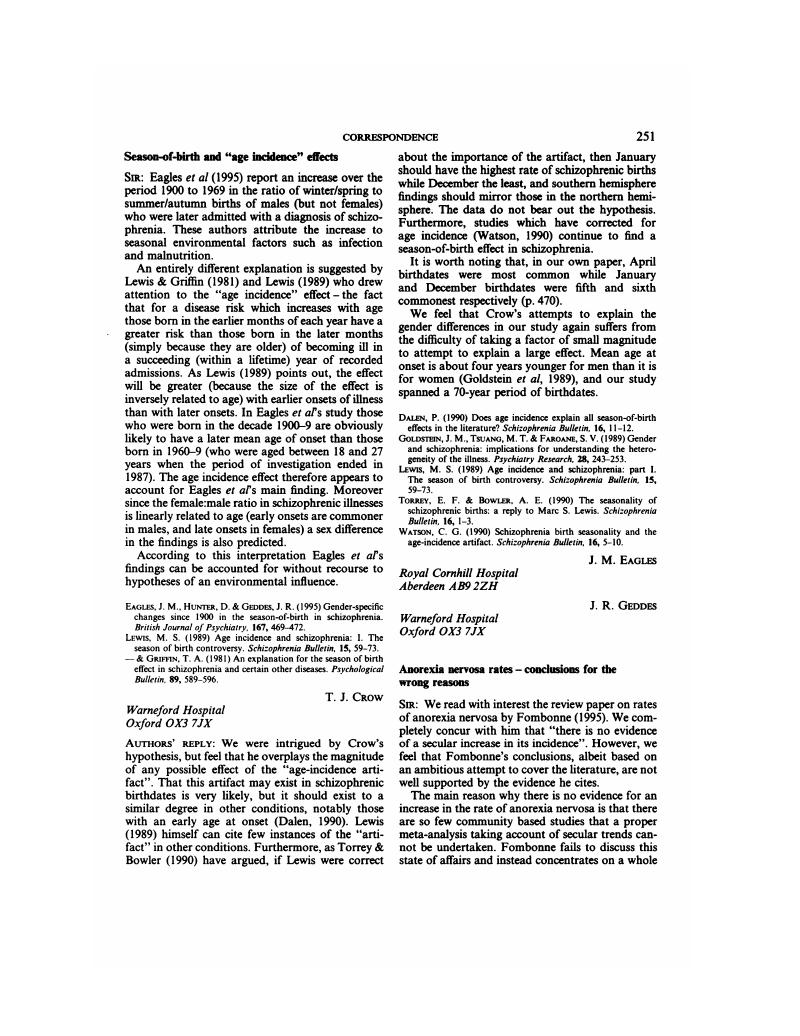Crossref Citations
This article has been cited by the following publications. This list is generated based on data provided by Crossref.
Chial, Heather J.
McAlpine, Donald E.
and
Camilleri, Michael
2002.
Anorexia nervosa: manifestations and management for the gastroenterologist.
The American Journal of Gastroenterology,
Vol. 97,
Issue. 2,
p.
255.
Tchanturia, Kate
Katzman, Melanie
Troop, Nicholas A.
and
Treasure, Janet
2002.
An Exploration of Eating Disorders in a Georgian Sample.
International Journal of Social Psychiatry,
Vol. 48,
Issue. 3,
p.
220.
Krug, Isabel
Treasure, Janet
Anderluh, Marija
Bellodi, Laura
Cellini, Elena
Collier, David
Bernardo, Milena di
Granero, Roser
Karwautz, Andreas
Nacmias, Benedetta
Penelo, Eva
Ricca, Valdo
Sorbi, Sandro
Tchanturia, Kate
Wagner, Gudrun
and
Fernández-Aranda, Fernando
2008.
Associations of individual and family eating patterns during childhood and early adolescence: a multicentre European study of associated eating disorder factors.
British Journal of Nutrition,
Vol. 101,
Issue. 6,
p.
909.
Holland, Josephine
Hall, Nick
Yeates, David GR
and
Goldacre, Michael
2016.
Trends in hospital admission rates for anorexia nervosa in Oxford (1968–2011) and England (1990–2011): database studies.
Journal of the Royal Society of Medicine,
Vol. 109,
Issue. 2,
p.
59.






eLetters
No eLetters have been published for this article.